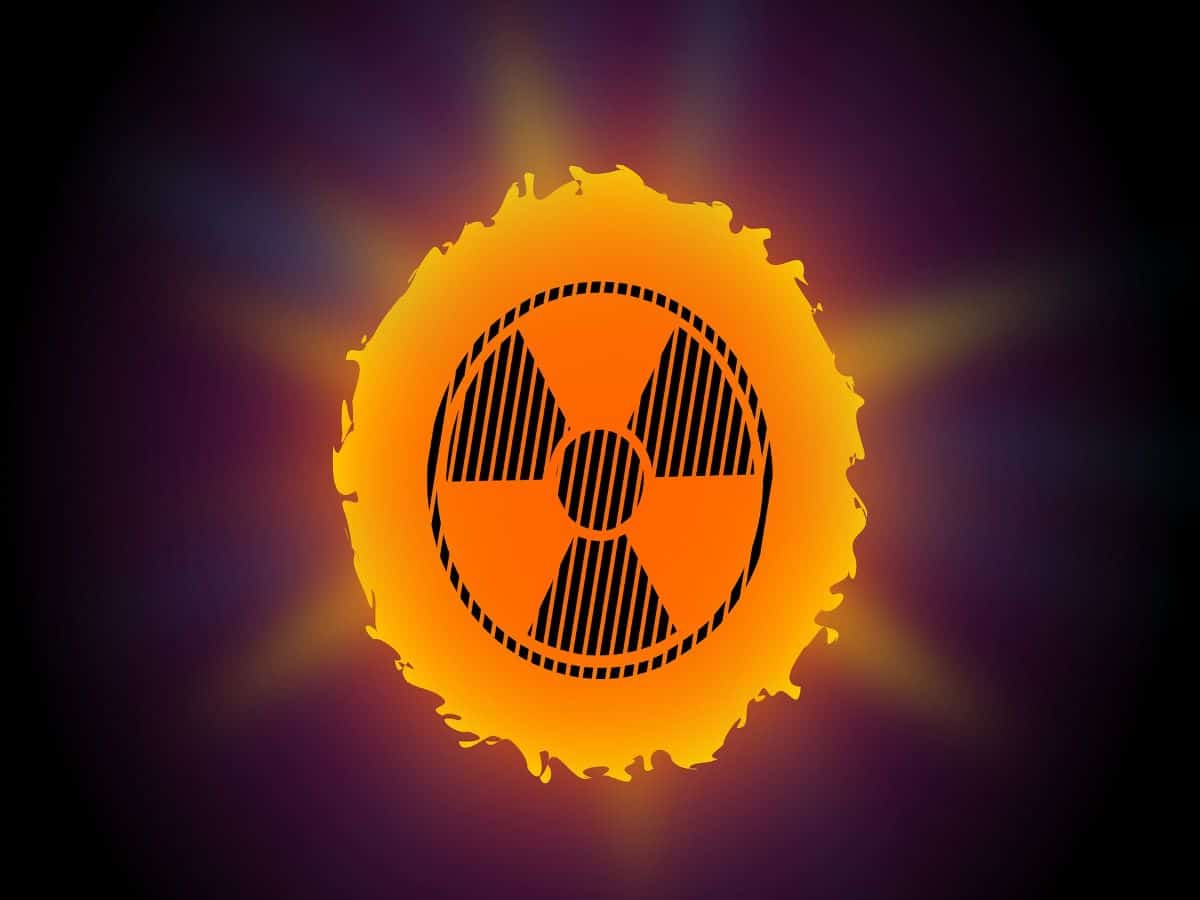
The energy of the sun and stars have always fascinated us because it gets its energy from fusion rather than fission, that is combining rather than splitting of atoms.
Though we have been able to harness nuclear energy through fission, fusion has been still a problem because we have not been able to do it successfully.
Basically, the problem has been that the amount of energy invested in the process of fusion reaction has been much more than the output of energy.
In a fusion reaction, two light nuclei merge to form a single heavier nucleus. The process releases energy because the total mass of the resulting single nucleus is less than the mass of the two original nuclei.
Actually, as a new substance is created having a lower mass, the mass which is not used for the creation of the new material is converted into huge amounts of energy, following the famous Einstein’s equation (E=mc2).
Scientists have been working towards harnessing this energy but no one has been successfully able to get excess energy than invested from nuclear fusion technology as one has been able to do so from nuclear fission technology in nuclear power plants.
Usually, scientists use elements like deuterium-tritium (DT) for the fusion reaction.
In a potential future fusion power plants, such neutrons from DT reactions would generate power for our use.
Researchers focus on DT reactions both because they produce large amounts of energy, and they occur at lower temperatures than other elements.
If we are able to harness fusion energy it may become a game changer in the world energy scenario because the fusion energy released is much more than what we get from fission technology and there is no radioactive waste.
Scientists have been working in different countries including India to be able to get to make fusion successful but they have not been able to do so because the input energy always used to be more than the output energy. Making the whole thing unviable.
A recent experiment is reported to have been done by US scientists at the National Ignition Facility at the Lawrence Livermore National Laboratory in California where they reported for the first time to have got more energy than was used for initiating the fusion process, making it a viable energy source in the future.
The LLNL fusion facility has the size of three football fields and consists of almost 200 lasers which bombard a tiny spot with high levels of energy to initiate a fusion reaction.
The historic fusion reaction produced about 2.5 megajoules of energy using 2.1 MJ of energy in the lasers used to initiate the process. , about 120 percent net energy gain.
The researchers have thus successfully produced more energy in a fusion reaction than was consumed during the process.
They used inertial confinement fusion, which involves bombarding a tiny pellet of hydrogen plasma with the world’s biggest laser.
Fusion is slated to provide limitless, carbon-free energy against fossil fuels and other traditional energy sources.
Even though producing energy that powers homes and businesses from fusion, still have many years to go, successfully getting more energy using less makes it a viable process. One of fusion’s biggest plus points is that it does not create radioactive waste or produce carbon. Fusion can provide limitless clean energy and is definitely a potential source of alternative energy.
Commercialization of this process may take more than a decade. However, it would lead to getting carbon-free electricity a major benefit for climate change as against the nuclear power plants of today which leave huge amounts of radioactive waste.
We also must keep in mind that the world’s largest nuclear fusion reactor ITER costing $ 18.2 billion has begun development in Southern France and is slated to be running by the year 2025 at a commercial scale.
ITER (the Latin word for “The Way”) is a large-scale scientific experiment intended to prove the viability of fusion as an energy source.
It is an international effort with seven partners—China, the European Union, India, Japan, Korea, Russia and the United States—having pooled their financial and scientific resources to build the biggest fusion reactor in history.
It will not produce electricity, but it will resolve critical scientific and technical issues in order to take fusion to the point where industrial applications can be designed.
It intends to produce 500 MW of fusion power from 50 MW of power invested to heat plasma and generate fusion.



